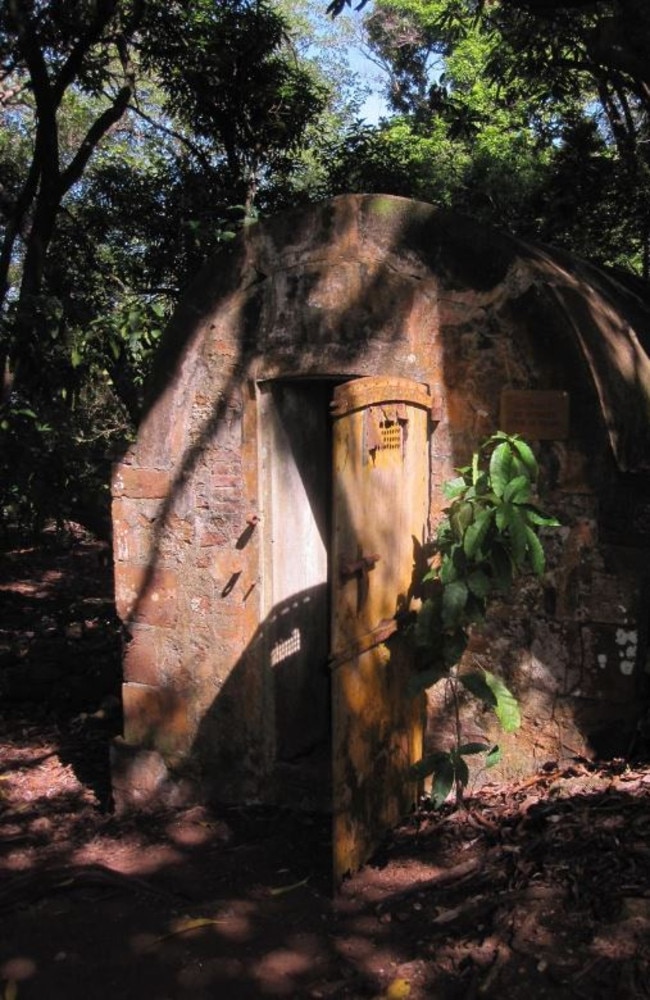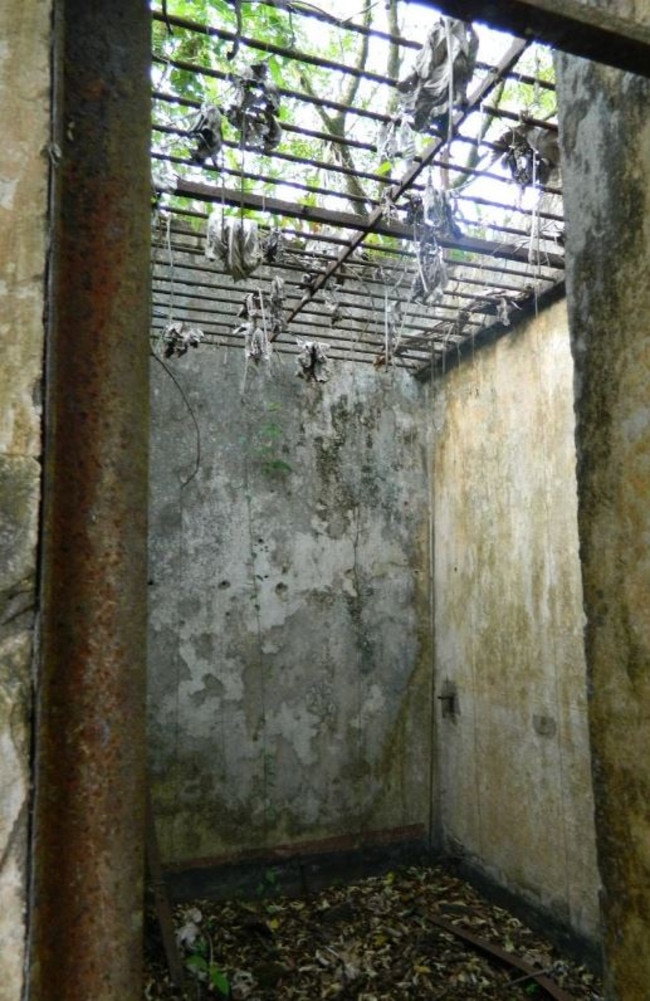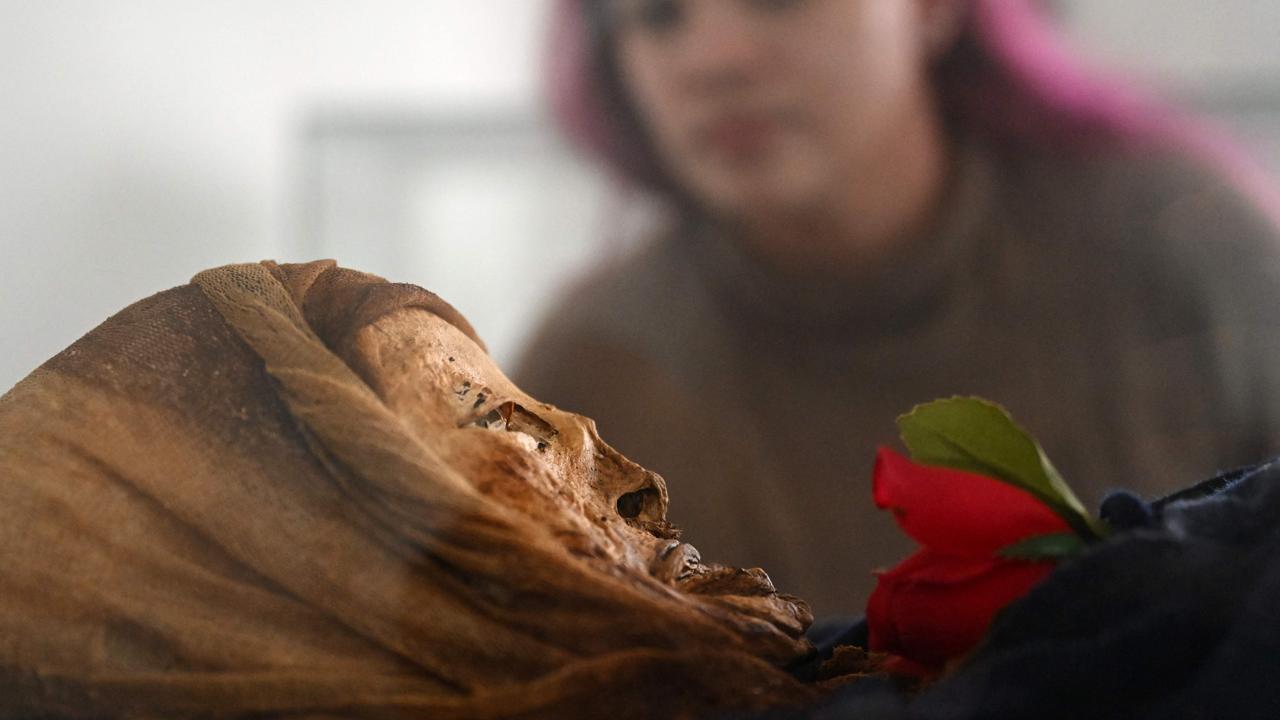70,000 came to this island archipelago, few made it out alive
IT SEEMS like an ordinary island at first glance, but thousands of people who came here never managed to escape the horrors that lurked within.
IT’S a network of tiny seemingly serene islands that have been mostly forgotten about by the rest of the world, and unimaginable things happened here.
The French penal colony known as Devil’s Island, officially Saint-Laurent du Maroni, was located off the coast of French Guiana. Established by Emperor Napoleon III in 1852, over a period of nearly 100 years around 70,000 convicts were sent there — including murderers, rapists and political prisoners.
Doomed to a torturous existence, most never made it off the island. It’s estimated that 40 per cent died in the first year, and only 5000 survived to see their release date.
Even the trip to the island was treacherous, and many didn’t make it off the boat. Some were murdered during fights inside the cages where they were locked up during the journey. Sulfer and steam were also used on prisoners who refused to obey orders on the ship.
Welcome to hell on earth.
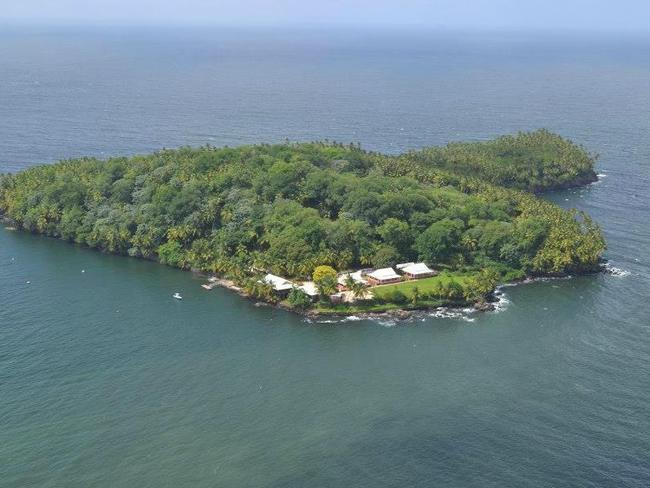
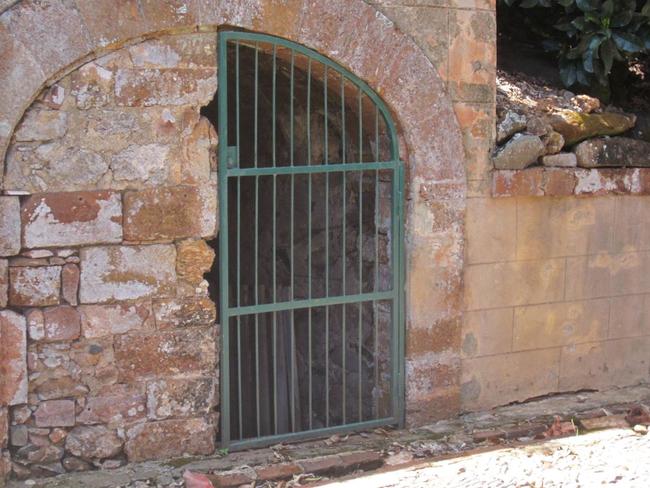
The days at the notorious prison colony were long and hard. Here, they worked from 6am to 6pm including some hard labour such as building structures including their own jailhouses, and a hospital.
They lived in tiny, filthy cells with the most dangerous flung inside rooms just 1.8x2m wide.
During the day the prisoners moved around in chains and each night their legs were shackled to a long iron rod. Suffering starvation, some became walking skeletons. Many were just waiting to die.

There were often fights among the prisoners that ended in murders, but most went unpunished.
“Why punish them, which only required paperwork,” a guide told AtlasObscura when they visited the island. “It was easier to let nature take its course and let them die of harsh labour, tropical disease or a failed attempt to escape.”
When they did eventually die, their bodies were loaded into wheelbarrows and dumped at sea. A bell would ring out, and sharks would circle.

Many tried to escape but perished in the dangerous water surrounding the islands, which had strong currents and sharks. Even if they made it to the mainland, they were greeted with a treacherous jungle that also claimed lives.
“It was really a living hell, especially when you realise that out of 70,000 men, three-quarters died here from disease, from hunger, from mistreatment,” prison guide Hermann Clarke said. “ ... Some men were sent to the prison camp even though they were innocent.”

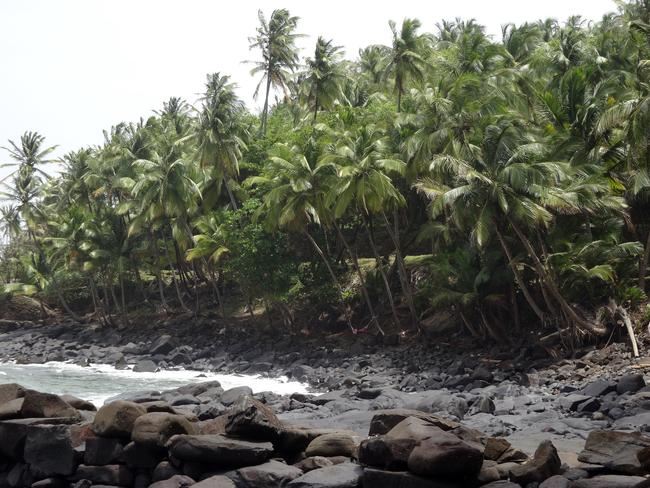
There were only two successful escape attempts — one by Clement Duval who fled in 1901 and found sanctuary in the US where he lived for the rest of his life. The other was Henri Charriere and Sylvain whose exploits were turned into the book and movie Papillon.
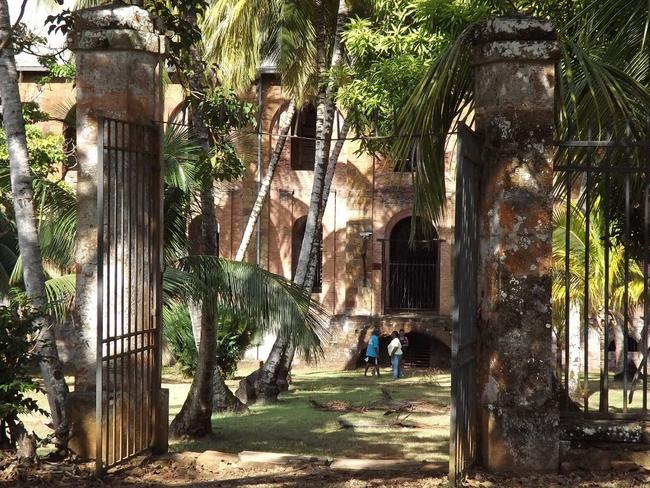
Those who did live until their day of release were forced to remain in French Guiana and were awarded land. The population later boomed when the government started sending over those with repeated small offences to the penal colony.
In an intriguing twist, at one point it became home to over 100,000 people and its residents had a very high standard of living thanks to subsidiaries.

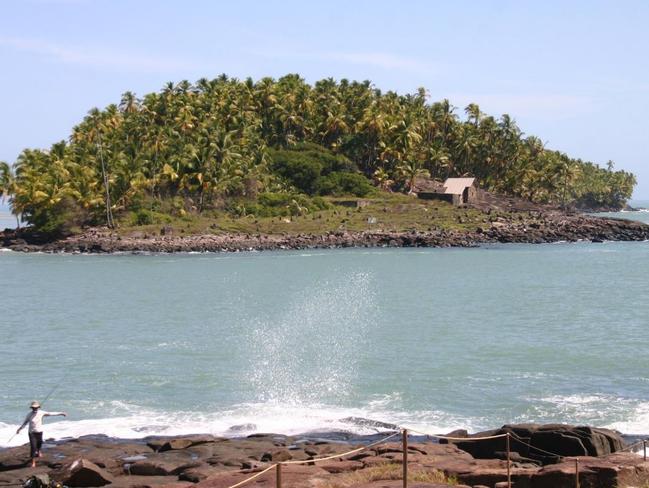
The abandoned island was renovated in the 1980s, though many of the original structures remain, and it has become somewhat of a tourist attraction.
For many, the most intriguing part of the island is the name on Papillon which is carved in the floor of cell 47.
